Camping on your own can be a cathartic and deeply introspective experience. Also known as solo camping, it’s a chance to sit in silence and revel in the natural beauty around you. If you’re planning a solo camping trip, you can use the 10 tips that follow to make the most of your excursion.
1. Make Your First Trip an Easy One
It’s important to take your first foray into solo camping slowly. Choose a moderately challenging campsite that’s close to home, and don’t try to sleep directly under the stars. If you don’t want to rent a cabin or pitch a traditional “stakes and poles” tent, look for a rooftop tent for sale. These tents are installed directly on the roofs of compatible vehicles. They can be set up in minutes, they keep occupants close to their transportation, and they put solo campers in an elevated, off-ground position.
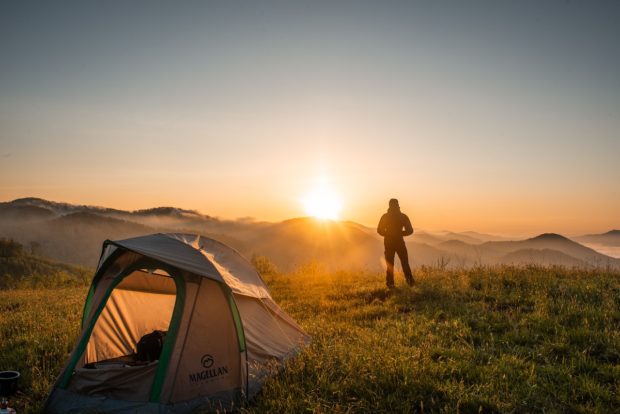
2. Let Your Loved Ones Know Where You’re Going
One large part of maximizing your solo camping trip is limiting the amount of fear and stress that it ultimately causes. After all, if you wind up off-course and need help finding your way back, there’s a lot of comfort in knowing that people are waiting for your return and that they’ll send for help if you don’t arrive within a reasonable amount of time.
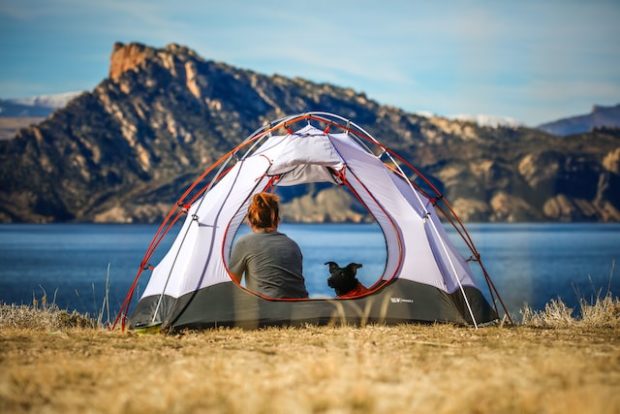
Letting people know where you’re going also ensures that you don’t return to “Missing” posters plastered around your neighborhood, and friends and family members who’ve been frantic.
3. Pack Light But Smart
It’s easy to hit one of two extremes when packing for solo camping excursions: packing way too much or packing way too little. Take the time to create a list of items that you’ll absolutely need. Pack these first and then check the weight of your gear.
If you still have room to spare, start adding in the items that you want. This way, you won’t wind up with three pairs of shoes and all of your favorite books, but no compass, map, or food.
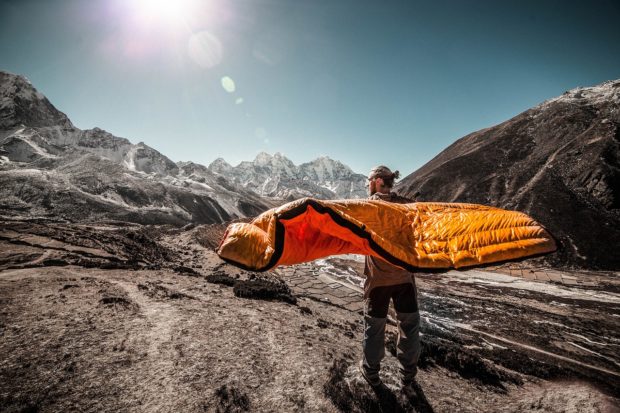
You should also pack according to how you’ve planned your trip. For instance, if you’ll be hiking away from your vehicle on foot, fill a few canteens and bring a portable water filter. If you are camping right next to your car, you can load in ample hydration supplies and food.
Bring layers of clothing, extra socks, an extra pair of shoes in case your feet get wet, and plenty of high-energy, high-protein snacks.
4. Have an Emergency Plan
Plan your solo camping trip under the assumption that things will go wrong. It’s better to have a first aid kit, an emergency means of communicating, and some basic survival gear that you never actually use than to need these things and be without them.
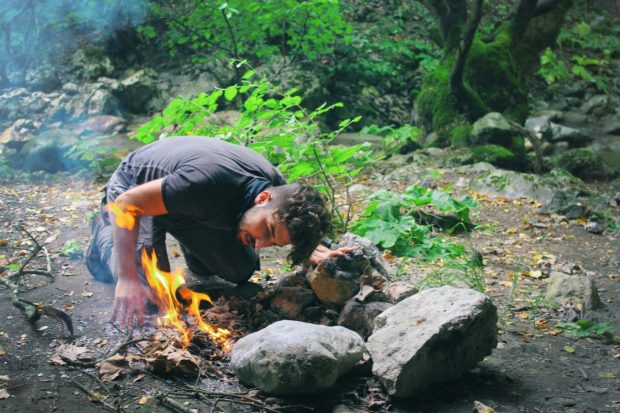
5. Practice Self-Soothing
Self-soothing might sound a bit dramatic, but there’s something unnerving about being alone in the wilderness at dark, and for the very first time. Even if you’ve been camping before, you’ll find that listening to common nighttime noises on your own is far different from hearing these same sounds while crowded around a campfire with friends.
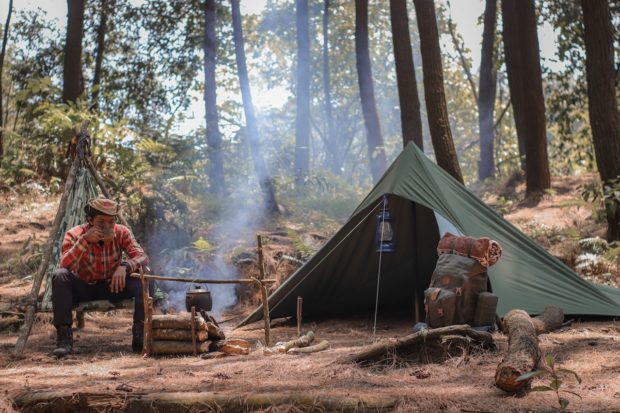
Having a few self-soothing techniques will keep you from packing your gear and heading home before your first night is done. Self-soothing on a solo camping trip can be as simple as singing or talking to yourself out loud until your anxiety has passed.
6. Bring Something to Do
Solo camping isn’t all hiking, exploring, climbing, and sightseeing. You will have downtime. This is especially true if the weather takes a sudden turn or if you plan a trip that lasts for several days. Bring a book, a journal, or a simple craft to keep yourself busy and entertained. If you ever aspired to take up whittling, this is a great time to give it an honest try.
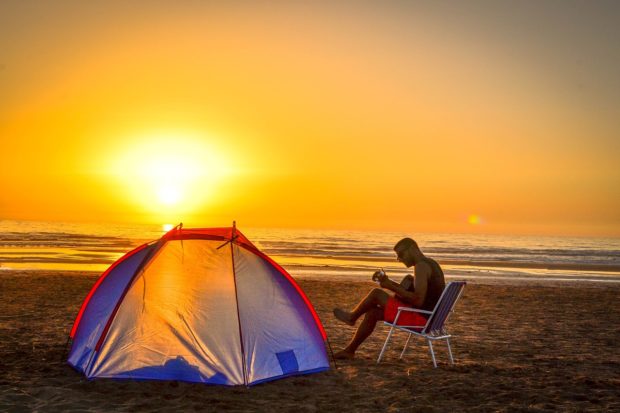
7. Leave Unnecessary Electronics Behind
The key to optimizing your time outdoors and its benefits is disconnecting. Take only the electronics that you absolutely need. Moreover, when you set up your camp, try to leave these things in the car.
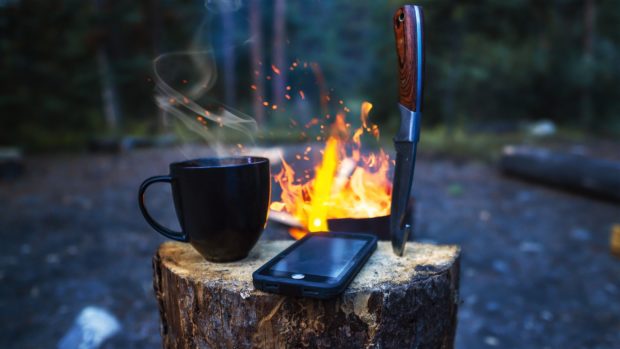
8. Break Your Footwear in First
One incredibly common mistake when solo camping is buying a brand-new pair of trail shoes or hiking boots just before a big trip. Although your new footwear might have all of the proverbial bells and whistles, it won’t do you much good if your feet are covered in blisters.
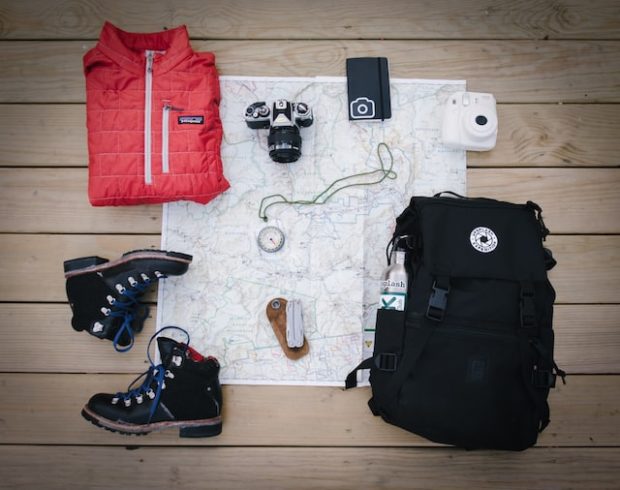
If you aren’t bringing an old, comfortable pair of shoes that you’ve already tested in the wilderness before, take the time to break your new ones in first.
9. Don’t Be Too Ambitious When It Comes to Essentials
According to who you ask, camping can be broken down into about 14 different categories based on the level of challenge. Glamping or glamorous camping puts people outdoors but surrounds them with all of the comforts of home.
Glamping is so glamorous that many die-hard campers refuse to even acknowledge it. Survival camping lies at the opposite end of the spectrum. When people go survival camping, they often bring little more than the clothes on their backs, a roll-up bed, and a multi-tool.
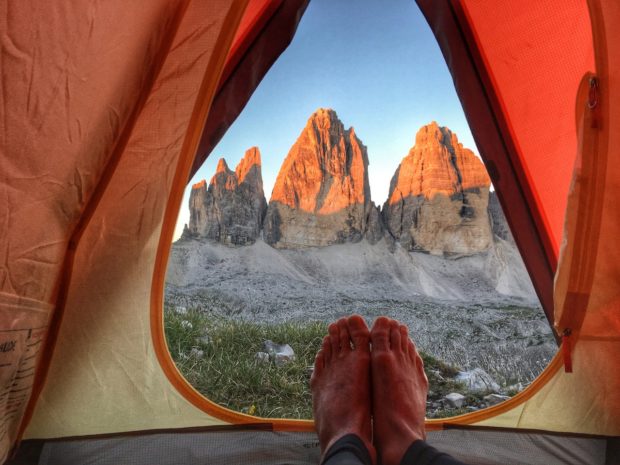
Try to find a good balance in-between. You certainly don’t want to head out on your first camping trip with the expectation of building your own shelter and foraging your own food. If you aspire to the seasoned survivalist’s level of “roughing it”, build your way up rather than diving right in. Even a well-planned camping trip doesn’t always go as expected and thus, it’s better to head out with what you need.
10. Don’t Make It a One-Off Event
Quality camping gear rarely comes cheap. If your first solo camping trip is a bust, try again. Pay attention to what went wrong and why it went wrong. Then, adjust your plans for your next trip accordingly. It can take a few trips to master the art of solo camping. Consider your first several runs as part of the learning process, and regularly refine your camping style.
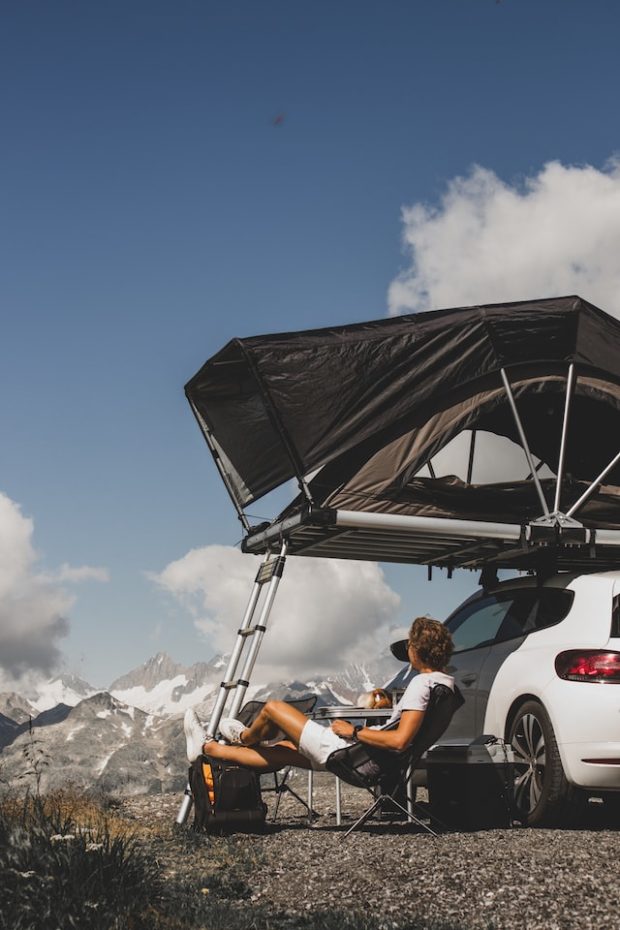
Bottom Line
Solo camping can be life-changing. With the tips above, you can make your solitary explorations both stress-free and completely rewarding.
The post 10 Pro Tips to Help You Make the Most of Solo Camping appeared first on YourAmazingPlaces.com.


No comments:
Post a Comment